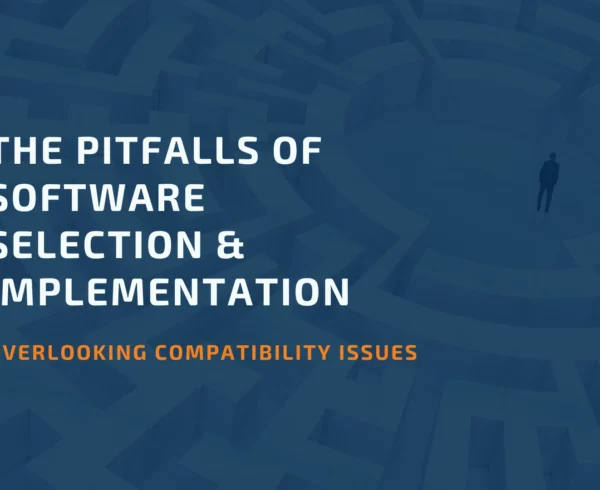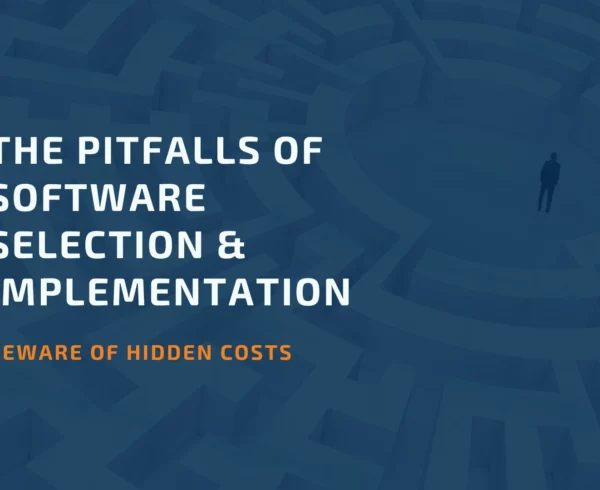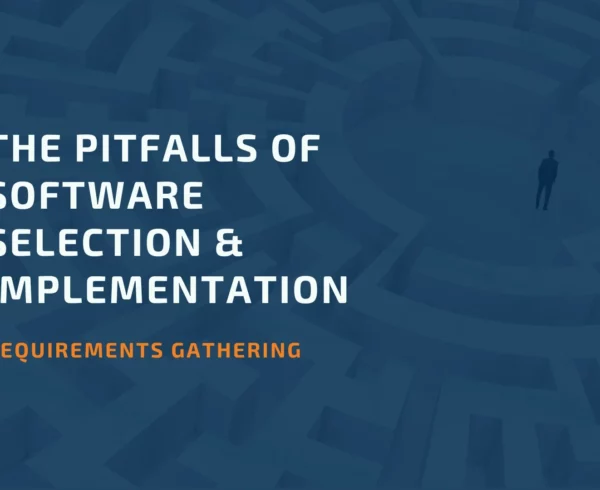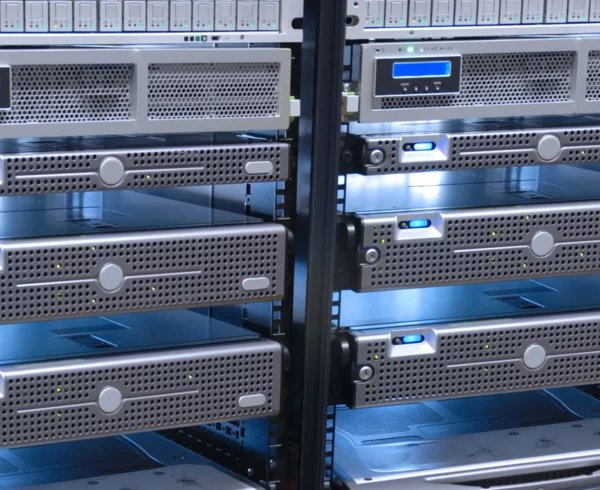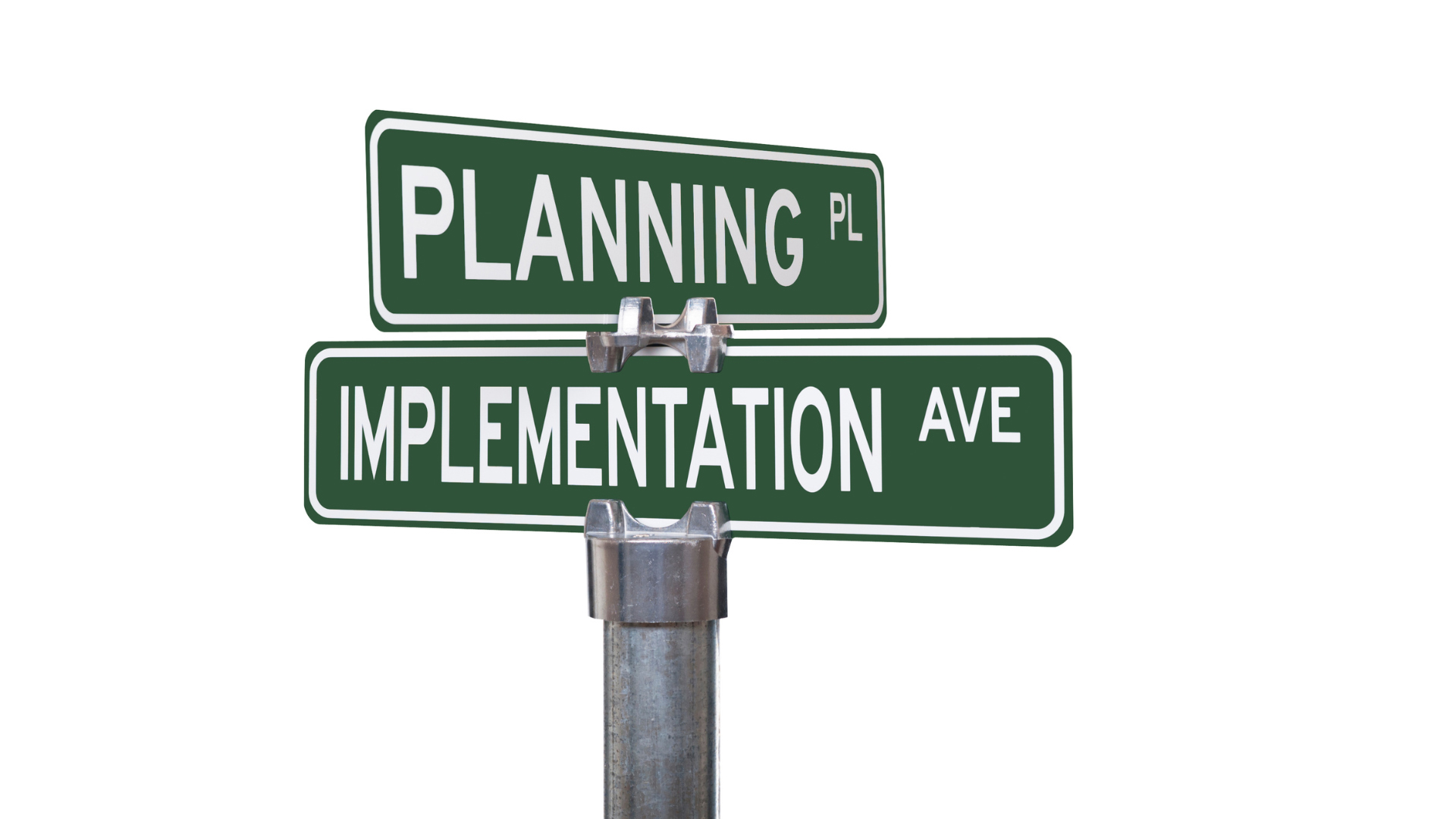
Before “Going Live” with a new ERP system, preparation is important to ensure a smooth and successful transition. This means understanding the system’s features and capabilities, preparing data and processes, and establishing a clear communication plan. Good prep will ensure that your new ERP system supports your business needs and helps you achieve your goals.
Let’s break it down:
Data migration
Data migration is a crucial step when implementing a new ERP system. It is essential to ensure that all data from the old system has been successfully transferred to the new one and is accurate and complete. Thorough testing and validation are required to confirm that the data has been properly translated, and the new system is functioning as expected. Before “Going Live”, you should perform multiple rounds of testing, starting with small datasets and gradually increasing the scope to include all data and processes. A clear strategy to handle any data discrepancies or errors uncovered during testing is also crucial. By ensuring that your data has been successfully migrated and thoroughly tested, you can reduce the risk of operational disruptions and ensure a smooth transition to your new ERP system.

Training
Proper training is a key factor in the success of a new ERP system implementation. All users should be trained on how to properly use the new system to perform their regular tasks and troubleshoot and report any issues that may arise. This training should be comprehensive and cover the new system’s technical and functional aspects. To ensure that all users are equipped to work with the new ERP system, it is necessary to provide them with hands-on training, access to reference materials, and opportunities for Q&A. Also, it’s advisable to schedule regular follow-up training sessions to keep users up to date on new features and functionalities and to address any ongoing questions or concerns.
Testing
Thorough testing ensures that a new ERP system functions as expected and that all integrations work properly. This includes testing various processes and scenarios to validate that the system performs as planned and that all data migrations have succeeded. Stakeholders from multiple departments should be involved in testing the system from different perspectives, ensuring that all business needs are met. It is also important to perform end-to-end testing to validate the entire system, from input to output, and ensure that all integrations with other systems function properly. Conducting a dry run of key processes to identify and resolve any issues before “Going Live” is also recommended. By conducting thorough testing, you can increase confidence in the system and minimize the risk of unexpected problems arising after implementation.
Backup and Recovery
Having a backup and recovery plan in place will ensure the continuity of business operations in the event of any issues during or after the “Going Live” of a new ERP system. This plan should include procedures for backing up data and systems and restoring data in case of failure. The backup and recovery plan should be tested regularly to validate its effectiveness and ensure all stakeholders know its procedures. It is also advised to have a contingency plan in place in case of a prolonged outage, such as alternative processes or systems that can be used to support business operations. By having a robust backup and recovery plan in place, you can minimize the risk of data loss and ensure the continuity of business operations in the event of any unexpected issues.

Communication Plan
A clear communication plan is critical for ensuring that all stakeholders are informed about the progress of a new ERP system implementation project and are aware of any issues or delays that may arise. This plan should include regular updates on project status, information about any training or support provided, and a clear reporting and resolution process. It is also necessary to have a system to provide timely notifications of any unexpected disruptions or outages. Regular communication and stakeholder collaboration can build trust, increase transparency, and ensure a successful implementation. Having a well-defined communication plan can minimize misunderstandings, reduce confusion, and ensure that everyone works together towards a successful “Going Live”.
Go-Live Support
A dedicated support team is crucial for addressing any issues that may arise during or after the “Going Live” of a new ERP system. This team should have the technical and functional expertise to resolve issues quickly and effectively and be easily accessible to users. The support team should respond to user requests, track, and resolve issues, and provide training and support as needed. It is also necessary to have clear escalation procedures in place in case of critical problems that require immediate attention. By having a dedicated support team in place, you can ensure that any issues are addressed promptly, minimizing disruptions to business operations, and improving overall user satisfaction.
Continual Improvement
A plan for continual improvement will ensure the long-term success of a new ERP system by regularly monitoring the system to identify any areas for improvement, performing maintenance to keep the system running smoothly, and implementing updates to ensure that the system remains up-to-date and effective in meeting the changing needs of the business. The improvement plan should include regular performance evaluations and user feedback to identify any areas for improvement. It is also important to have a process for updating the system, such as a software release cycle, to ensure it remains current and effective. By having a plan for continual improvement, you can ensure that the system remains an asset to the business and continues to meet users’ needs over time.
Post-Go Live Support
A post-go-live support plan will support the continued success of a new ERP system, including providing ongoing training to users to help them become more proficient with the system and offering support for troubleshooting and issue resolution. The post-go live support plan should include regular check-ins with users to ensure they get the help they need and identify any areas for improvement. It is also vital to have a process in place for escalating and resolving critical issues and to provide timely notifications of any system disruptions or outages. By having a well-defined post-go live support plan in place, you can ensure that users can fully realize the benefits of the new system and have the support they need to be successful.

Conclusion
In conclusion, implementing a new ERP system can be complex and challenging. Still, by planning ahead and considering the key factors discussed above, you can increase the chances of a successful go-live. By ensuring that your data has been successfully migrated, all users have received proper training, the system has been thoroughly tested, and you have a backup and recovery plan, you can minimize the risks associated with new system implementation. Further, by having a communication plan, a dedicated support team, and a process for continual improvement and post-go-live support, you can ensure that the system continues to meet the needs of your business and provides long-term value.
At BHC, we are experts in ERP System implementations. If you are thinking of changing your ERP system, call us to discuss how we can work together towards a successful implementation.

